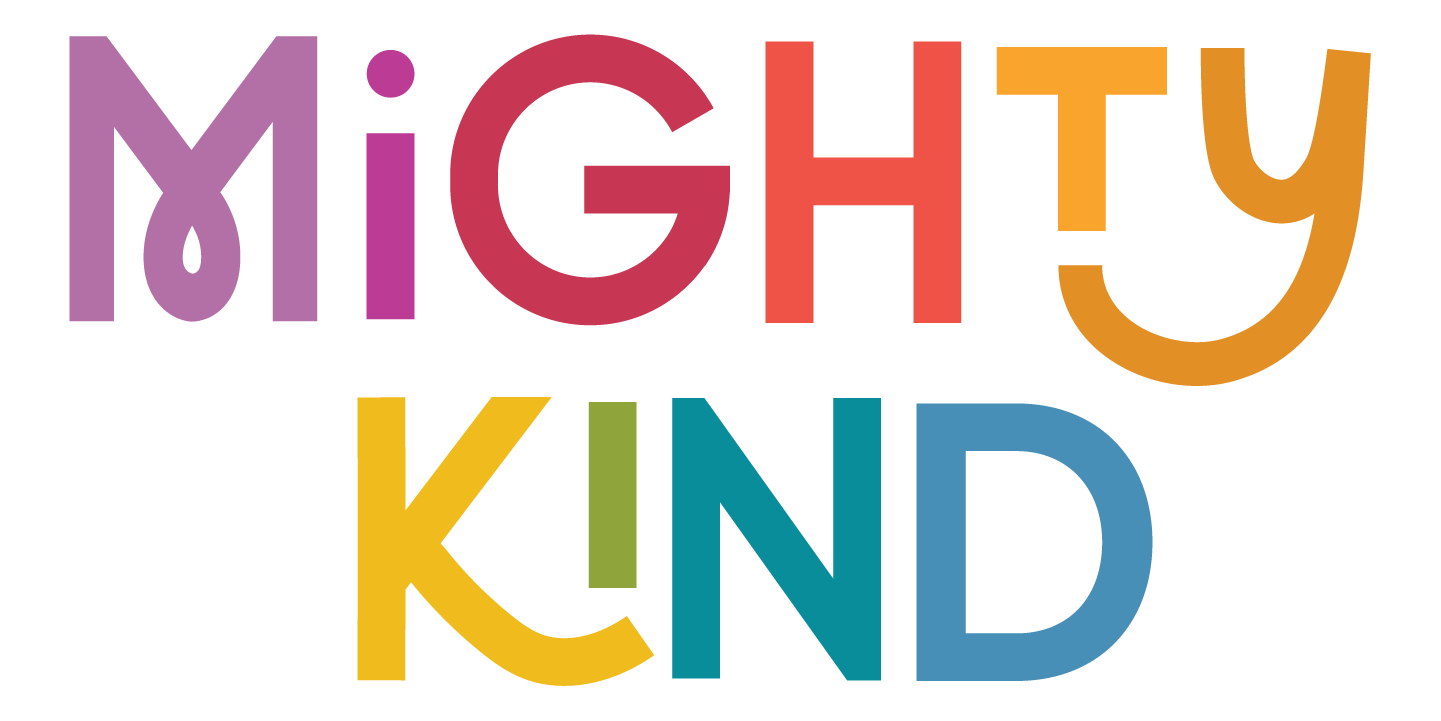Parent Essay: A New Kind of Kind
by S. Snyder
Not too long ago one of my girls came home from school and told me about a kid in her class who had been teasing her and made her feel bad. When I asked her what she did about it she said she hadn’t done anything.
“Why not, my girl?” I asked.
“I was trying to be nice!” she told me, like it should have been obvious.
I do want my children to be nice people, but not to their detriment. I don’t want them to be so agreeable that their needs aren’t met, or so polite that no one knows when they’re hurting.
Sometimes I’ve noticed the words “nice” and “kind” being used as synonyms. As if they mean the same thing.
They do not.
Being nice is about behavior; but being kind is so much more than that. Being kind is about character, about being generous with our attention and our resources. Being nice is better than being rude, but being kind takes extra effort. Being nice is a reaction. Being kind is proactive.
What does this look like for a child?
Children are some of the most compassionate human beings on the planet. They have an incredible capacity for kindness.
I read an article years ago about a clergyman who dressed up as a homeless person the Sunday before Thanksgiving. He stood outside their church building and wished people a happy Thanksgiving and hoped they would offer him some help. Very few of them did. Many told him to go away, that he wasn’t welcome, and that he was scaring people.
Later, when his identity was revealed and the story of what he had done spread, he was asked by reporters what had impressed him the most about that strange experience. He told them it was the children who had made the greatest impact on him that day. They had brought him pocket change, snacks from their mothers’ diaper bags, and toys.
"I was impressed by the children. I could see in their eyes they wanted to do more," he said.
So many children would do so much more if they knew how.
Being kind is a talent, and like any other talent, it needs to be taught and practiced over and over. This is the challenge we have as adults. We must encourage the natural resource of childlike kindness to grow in the world. If we can show our children this part of themselves, we will be amazed at what children will do with their own power.
I have a few ideas for how we are going to teach our own children to be a little more kind, and I thought I would share them with you.
We can praise the kindness we already see in our kids. This will help raise awareness of their innate talents and let them know we see it. This type of validation is incredibly powerful in the mind of a child. They may not see themselves as kind, but they will if we point it out to them.
We can teach them to pay attention to others. We don’t often hear about the talent for noticing the needs of others, but we can foster it in our children. Ask them if they saw anyone who seemed sad, or how they would know if one of their peers were having a hard time. Teach them how important it is to pay attention, and let them see how you pay attention to the people in your life.
Make a plan! If we wait for opportunities for kindness to fall into our laps we will miss out on so many experiences. Be proactive about your kindness. Let your children feel the excitement of thinking of an act of kindness to do for someone you love, or for a stranger. This will encourage them to associate kindness with joy, which is a great motivator.
Let’s teach our children to choose to be kind. Because of all the things that divide us and everything that makes us all different, kindness is a great equalizer. Anyone can choose to be kind.
Looking for a little helpful reminder each day?
Check out our custom Mighty Kind Stickers we had made in partnership with Sticker Mule!


